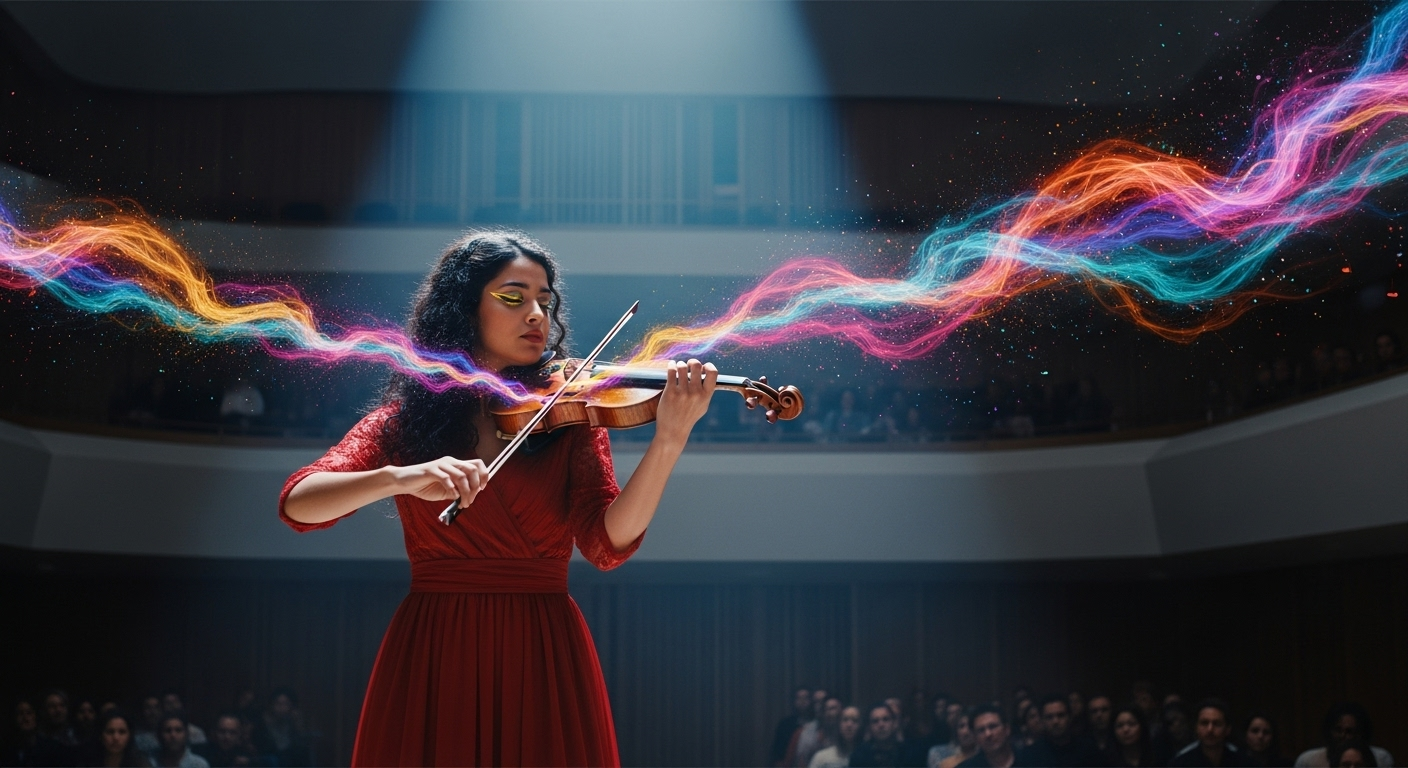Reviving the Lost Art of Glass Harmonica
Glass harmonicas, once cherished by musical luminaries, are experiencing a quiet renaissance in contemporary classical circles. This ethereal instrument, with its haunting tones produced by wetted fingertips on rotating glass bowls, is captivating a new generation of composers and performers. From its 18th-century heyday to its modern revival, the glass harmonica's journey reflects changing musical tastes and technological innovations. As this forgotten instrument finds its voice again, it challenges our perceptions of timbre and musical possibility.

From Acclaim to Obscurity
Despite its initial success, the glass harmonica’s popularity waned in the 19th century. Several factors contributed to its decline, including concerns about its alleged negative effects on performers’ mental health. Some believed that the vibrations produced by the instrument could cause nervousness and melancholy. Additionally, as concert halls grew larger, the glass harmonica’s delicate sound struggled to fill these expansive spaces. The rise of the piano as the dominant keyboard instrument further pushed the glass harmonica into obscurity.
Technological Advancements and Modern Interpretations
In recent years, technological advancements have breathed new life into the glass harmonica. Modern versions of the instrument often incorporate electric motors to rotate the glass bowls, providing greater stability and ease of play. Some contemporary glass harmonicas also feature amplification systems, allowing the instrument to be heard in larger venues and alongside other instruments. These innovations have opened up new possibilities for composers and performers, sparking renewed interest in this once-forgotten instrument.
Contemporary Composers Embrace Crystal Tones
A growing number of contemporary composers are rediscovering the unique timbral qualities of the glass harmonica and incorporating it into their works. Avant-garde and minimalist composers, in particular, have found the instrument’s ethereal tones to be a perfect fit for their sonic explorations. Works such as Nico Muhly’s “Glass Concerto” and Björk’s collaborations with glass harmonica virtuoso Alasdair Malloy demonstrate the instrument’s versatility in modern contexts. These compositions not only showcase the glass harmonica’s distinctive voice but also challenge listeners to reconsider their expectations of orchestral sound.
The Glass Harmonica in Popular Culture
Beyond the realm of classical and experimental music, the glass harmonica has found its way into popular culture. Film composers have utilized its otherworldly tones to create eerie atmospheres in movies such as “Interview with the Vampire” and “The Lovely Bones.” Additionally, some rock and pop artists have incorporated the instrument into their recordings, seeking to add a unique texture to their sound. This crossover appeal has helped to introduce the glass harmonica to wider audiences, further fueling its resurgence.
Educational Initiatives and Preservation Efforts
As interest in the glass harmonica grows, educational institutions and music conservatories are taking steps to preserve and promote this rare instrument. Some schools now offer courses in glass harmonica performance and composition, ensuring that the skills required to play and write for the instrument are passed on to future generations. Museums and historical societies are also working to restore and maintain surviving 18th and 19th-century glass harmonicas, providing valuable insights into the instrument’s evolution and cultural significance.
Challenges and Future Prospects
Despite its recent revival, the glass harmonica still faces challenges in the modern musical landscape. The scarcity of skilled performers and the instrument’s delicate nature pose obstacles to its widespread adoption. However, as more musicians and composers discover its unique capabilities, the glass harmonica’s future looks increasingly bright. Its ability to produce pure, crystalline tones that blur the line between acoustic and electronic sound makes it particularly well-suited to contemporary musical exploration.
In conclusion, the revival of the glass harmonica represents more than just a nostalgic nod to musical history. It embodies the ongoing quest for new sounds and timbres in music, challenging our perceptions of what constitutes an orchestral instrument. As it continues to find its place in modern compositions and performances, the glass harmonica serves as a testament to the enduring power of innovation in music and the cyclical nature of artistic trends. Its resurgence reminds us that sometimes, to move forward in music, we must look to the past for inspiration.





